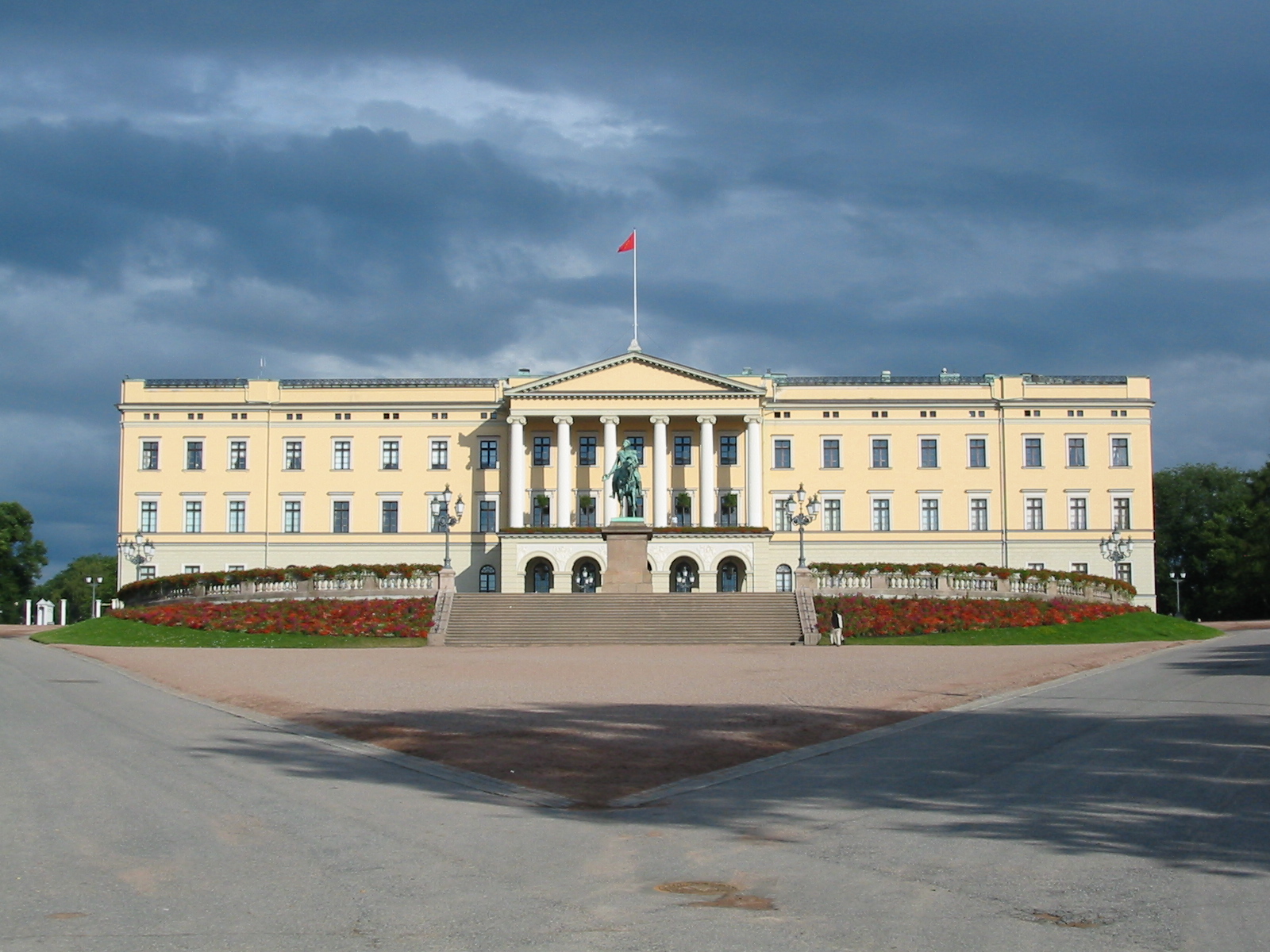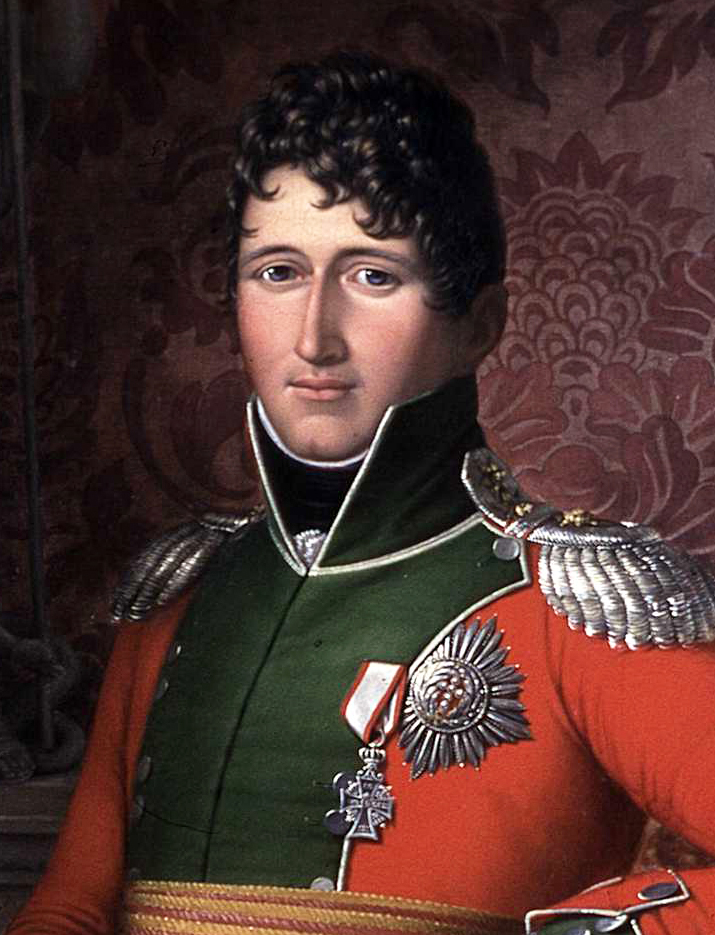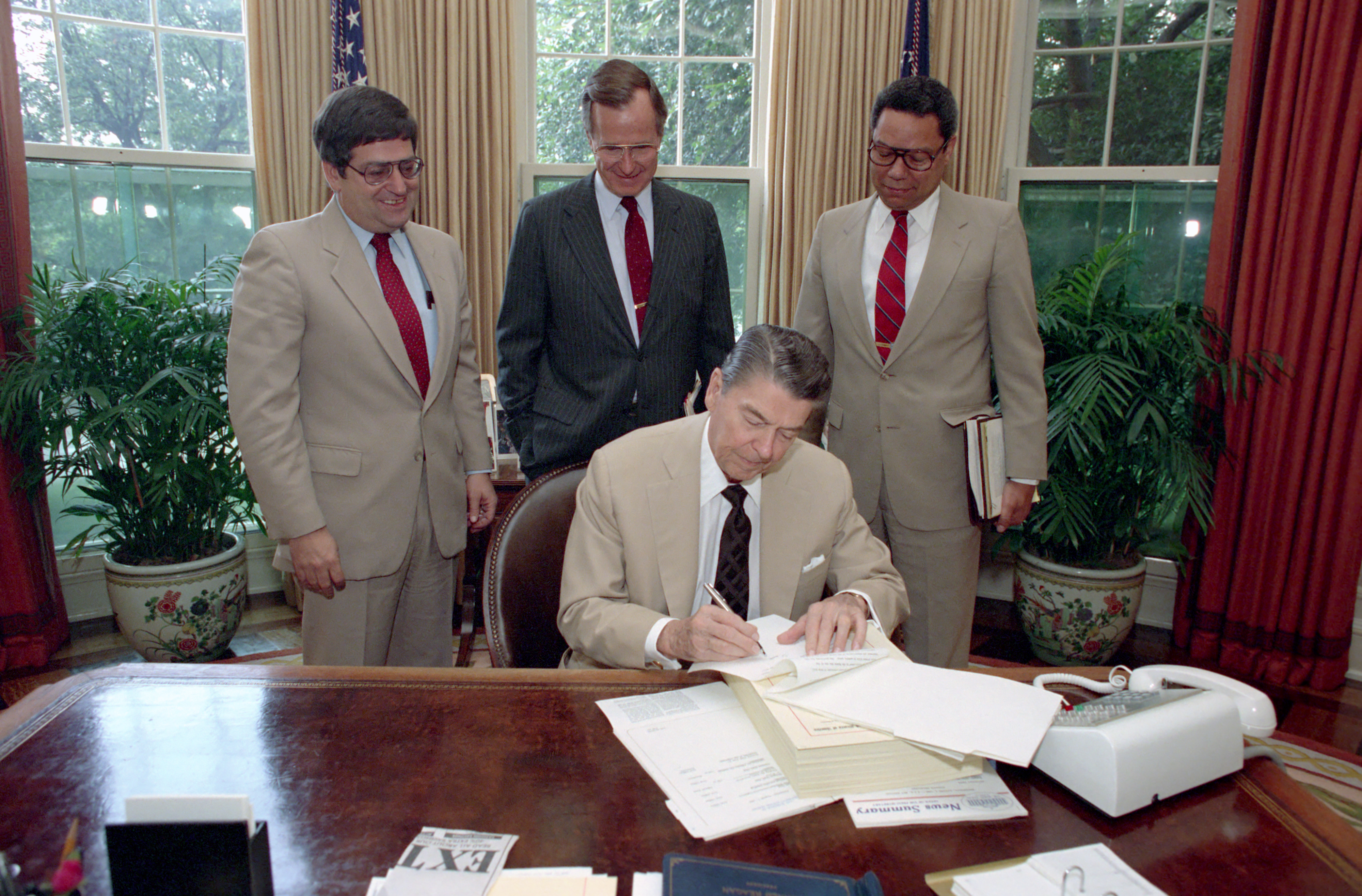|
Jon Hol
Jon Gundersen Hol (1 September 1851 – 1941) was a Norwegian engineer and activist. He is known for his pamphlet ''Rifleringen'', published in February 1884, that resulted in his arrest for lèse majesté. In the pamphlet, he called for soldiers and civilians to arm themselves and encircle the Parliament of Norway Building, creating a "Ring of Rifles", should the need arise. The political situation in Norway at the time was unstable, with an ongoing impeachment case against the conservative government started by political liberals. King Oscar II of Sweden and Norway supported the conservative politicians, and Hol believed that a political and military counter-offensive was planned, hence the need for guarding the Parliament. The tensions between liberals and conservatives drew Hol into politics in the first place in 1880. Before this, he was an engineer by occupation and a writer, albeit apolitical. He increased his writing after 1880, and also involved himself in non-socialist ... [...More Info...] [...Related Items...] OR: [Wikipedia] [Google] [Baidu] |
Verdens Gang (1868-1923 Newspaper)
''Verdens Gang'' ("The course of the world"), generally known under the abbreviation ''VG'', is a Norwegian tabloid newspaper. In 2016, circulation numbers stood at 93,883, having declined from a peak circulation of 390,510 in 2002. ''VG'' is nevertheless the most read online newspaper in Norway, with about 2 million daily readers. Verdens Gang AS is a private company wholly owned by the public company Schibsted. History and profile ''VG'' was established by members of the Norwegian resistance movement shortly after the country was liberated from German occupation in 1945. The first issue of the paper was published on 23 June 1945. Christian A. R. Christensen was the first editor-in-chief of ''VG'' from its start in 1945 to 1967 when he died. ''VG'' is based in Oslo. The paper is published in tabloid format. The owner is the media conglomerate Schibsted, which also owns Norway's largest newspaper, ''Aftenposten'', as well as newspapers in Sweden and Estonia and shares in some ... [...More Info...] [...Related Items...] OR: [Wikipedia] [Google] [Baidu] |
Government Minister
A minister is a politician who heads a ministry, making and implementing decisions on policies in conjunction with the other ministers. In some jurisdictions the head of government is also a minister and is designated the ‘prime minister’, ‘premier’, ‘chief minister’, ‘chancellor’ or other title. In Commonwealth realm jurisdictions which use the Westminster system of government, ministers are usually required to be members of one of the houses of Parliament or legislature, and are usually from the political party that controls a majority in the lower house of the legislature. In other jurisdictions—such as Belgium, Mexico, Netherlands, Philippines, Slovenia, and Nigeria—the holder of a cabinet-level post or other government official is not permitted to be a member of the legislature. Depending on the administrative arrangements in each jurisdiction, ministers are usually heads of a government department and members of the government's ministry, cabinet and pe ... [...More Info...] [...Related Items...] OR: [Wikipedia] [Google] [Baidu] |
Store Norske Leksikon
The ''Great Norwegian Encyclopedia'' ( no, Store Norske Leksikon, abbreviated ''SNL''), is a Norwegian-language online encyclopedia. The online encyclopedia is among the most-read Norwegian published sites, with more than two million unique visitors per month. Paper editions 1978–2007 The ''SNL'' was created in 1978, when the two publishing houses Aschehoug and Gyldendal merged their encyclopedias and created the company Kunnskapsforlaget. Up until 1978 the two publishing houses of Aschehoug and Gyldendal, Norway's two largest, had published ' and ', respectively. The respective first editions were published in 1907–1913 (Aschehoug) and 1933–1934 (Gyldendal). The slump in sales for paper-based encyclopedias around the turn of the 21st century hit Kunnskapsforlaget hard, but a fourth edition of the paper encyclopedia was secured by a grant of ten million Norwegian kroner from the foundation Fritt Ord in 2003. The fourth edition consisted of 16 volumes, a t ... [...More Info...] [...Related Items...] OR: [Wikipedia] [Google] [Baidu] |
Parliament Of Norway
The Storting ( no, Stortinget ) (lit. the Great Thing) is the supreme legislature of Norway, established in 1814 by the Constitution of Norway. It is located in Oslo. The unicameral parliament has 169 members and is elected every four years based on party-list proportional representation in nineteen multi-seat constituencies. A member of Stortinget is known in Norwegian as a ''stortingsrepresentant'', literally "Storting representative". The assembly is led by a president and, since 2009, five vice presidents: the presidium. The members are allocated to twelve standing committees as well as four procedural committees. Three ombudsmen are directly subordinate to parliament: the Parliamentary Intelligence Oversight Committee and the Office of the Auditor General. Parliamentarianism was established in 1884, with the Storting operating a form of "qualified unicameralism", in which it divided its membership into two internal chambers making Norway a de facto bicameral parliament ... [...More Info...] [...Related Items...] OR: [Wikipedia] [Google] [Baidu] |
Supreme Court Of Norway
The Supreme Court of Norway (Norwegian Bokmål: ''(Norges) Høyesterett''; Norwegian Nynorsk: ''(Noregs) Høgsterett''; lit. ‘Highest Court’) was established in 1815 on the basis of section 88 in the Constitution of the Kingdom of Norway, which prescribes an independent judiciary. It is located in the capital Oslo. In addition to serving as the court of final appeal for civil and criminal cases, it can also rule whether the Cabinet has acted in accordance with Norwegian law and whether the Parliament has passed legislation consistent with the Constitution. Appointment process Section 21 of the Norwegian Constitution grants the King of Norway sole authority to appoint judges to the Supreme Court. In Norwegian tradition, however, this section is interpreted as delegating the privilege to the Council of State, i.e. the cabinet. The cabinet makes their appointments on the advice of the Judicial Appointments Board, a body whose members are also appointed by the Council of State. ... [...More Info...] [...Related Items...] OR: [Wikipedia] [Google] [Baidu] |
Prime Minister Of Norway
The prime minister of Norway ( no, statsminister, which directly translates to "minister of state") is the head of government and chief executive of Norway. The prime minister and Cabinet (consisting of all the most senior government department heads) are collectively accountable for their policies and actions to the monarch, to the Storting (Parliament of Norway), to their political party, and ultimately the electorate. In practice, since it is nearly impossible for a government to stay in office against the will of the Storting, the prime minister is primarily answerable to the Storting. The prime minister is almost always the leader of the majority party in the Storting, or the leader of the senior partner in the governing coalition. Norway has a constitution, which was adopted on 17 May 1814. The position of prime minister is the result of legislation. Modern prime ministers have few statutory powers, but provided they can command the support of their parliamentary party, t ... [...More Info...] [...Related Items...] OR: [Wikipedia] [Google] [Baidu] |
Norwegian Council Of State
The Council of State (Norwegian: ''Statsrådet''), is a formal body composed of the most senior government ministers chosen by the Prime Minister, and functions as the collective decision-making organ constituting the executive branch of the Kingdom. The council simultaneously plays the role of privy council as well as government Cabinet. With the exception of the Prime Minister and the Minister of Foreign Affairs, who retain their ministerial ranking in their own right, all the other members of the Cabinet concurrently hold the position of ''statsråd'', meaning Councillor of State, and that of Chief of the various departments, not formally being considered 'ministers', although commonly addressed as such. The Cabinet normally convenes every week, usually on Fridays at 11:00 a.m. at the Royal Palace, Oslo, and is presided over by the Monarch. Constitutional basis Under the 1814 Constitution of Norway, the third-oldest national Constitution still in operation (after the co ... [...More Info...] [...Related Items...] OR: [Wikipedia] [Google] [Baidu] |
Popular Sovereignty
Popular sovereignty is the principle that the authority of a state and its government are created and sustained by the consent of its people, who are the source of all political power. Popular sovereignty, being a principle, does not imply any particular political implementation.Leonard Levy notes of the "doctrine" of popular sovereignty that it "relates primarily not to the Constitution's ctualoperation but to its source of authority and supremacy, ratification, amendment, and possible abolition" (Tarcov 1986, v. 3, p. 1426). Benjamin Franklin expressed the concept when he wrote that "In free governments, the rulers are the servants and the people their superiors and sovereigns". Origins Popular sovereignty in its modern sense is an idea that dates to the social contract school represented by Thomas Hobbes (1588–1679), John Locke (1632–1704), and Jean-Jacques Rousseau (1712–1778). Rousseau authored a book titled ''The Social Contract'', a prominent political work that ... [...More Info...] [...Related Items...] OR: [Wikipedia] [Google] [Baidu] |
Norway In 1814
In 1814, the Kingdom of Norway made a brief and ultimately unsuccessful attempt to regain its independence. While Norway had always legally been a separate kingdom, since the 16th century it had shared a monarch with Denmark; Norway was a subordinate partner in the combined state, whose government was based in Copenhagen. Due to its alliance with France during the Napoleonic Wars, Denmark was forced to sign the Treaty of Kiel in January 1814 ceding Norway to Sweden. However, many Norwegians were inspired by the rising tide of nationalism and resented being handed over without their consent to Sweden, a state they viewed as a traditional rival. Under the leadership of Christian Frederick, who was the Danish government's representative in Norway and also the king of Denmark's cousin and heir presumptive, Norway attempted to assert its rights as an independent state. A government was established and a constitution written, under which Christian Frederick was elected king of Norwa ... [...More Info...] [...Related Items...] OR: [Wikipedia] [Google] [Baidu] |
Separation Of Powers
Separation of powers refers to the division of a state's government into branches, each with separate, independent powers and responsibilities, so that the powers of one branch are not in conflict with those of the other branches. The typical division is into three branches: a legislature, an executive, and a judiciary, which is sometimes called the model. It can be contrasted with the fusion of powers in parliamentary and semi-presidential systems where there can be overlap in membership and functions between different branches, especially the executive and legislative, although in most non-authoritarian jurisdictions, the judiciary almost never overlaps with the other branches, whether powers in the jurisdiction are separated or fused. The intention behind a system of separated powers is to prevent the concentration of power by providing for checks and balances. The separation of powers model is often imprecisely and metonymically used interchangeably with the ' principl ... [...More Info...] [...Related Items...] OR: [Wikipedia] [Google] [Baidu] |
Checks And Balances
Separation of powers refers to the division of a state's government into branches, each with separate, independent powers and responsibilities, so that the powers of one branch are not in conflict with those of the other branches. The typical division is into three branches: a legislature, an executive, and a judiciary, which is sometimes called the model. It can be contrasted with the fusion of powers in parliamentary and semi-presidential systems where there can be overlap in membership and functions between different branches, especially the executive and legislative, although in most non-authoritarian jurisdictions, the judiciary Independent judiciary, almost never overlaps with the other branches, whether powers in the jurisdiction are separated or fused. The intention behind a system of separated powers is to prevent the concentration of power by providing for #Checks and balances, checks and balances. The separation of powers model is often imprecisely and metonymy, ... [...More Info...] [...Related Items...] OR: [Wikipedia] [Google] [Baidu] |
Veto
A veto is a legal power to unilaterally stop an official action. In the most typical case, a president or monarch vetoes a bill to stop it from becoming law. In many countries, veto powers are established in the country's constitution. Veto powers are also found at other levels of government, such as in state, provincial or local government, and in international bodies. Some vetoes can be overcome, often by a supermajority vote: in the United States, a two-thirds vote of the House and Senate can override a presidential veto. Article I, Section 7, Clause 2 of the United States Constitution Some vetoes, however, are absolute and cannot be overridden. For example, in the United Nations Security Council, the permanent members ( China, France, Russia, the United Kingdom, and the United States) have an absolute veto over any Security Council resolution. In many cases, the veto power can only be used to prevent changes to the status quo. But some veto powers also include the ... [...More Info...] [...Related Items...] OR: [Wikipedia] [Google] [Baidu] |








